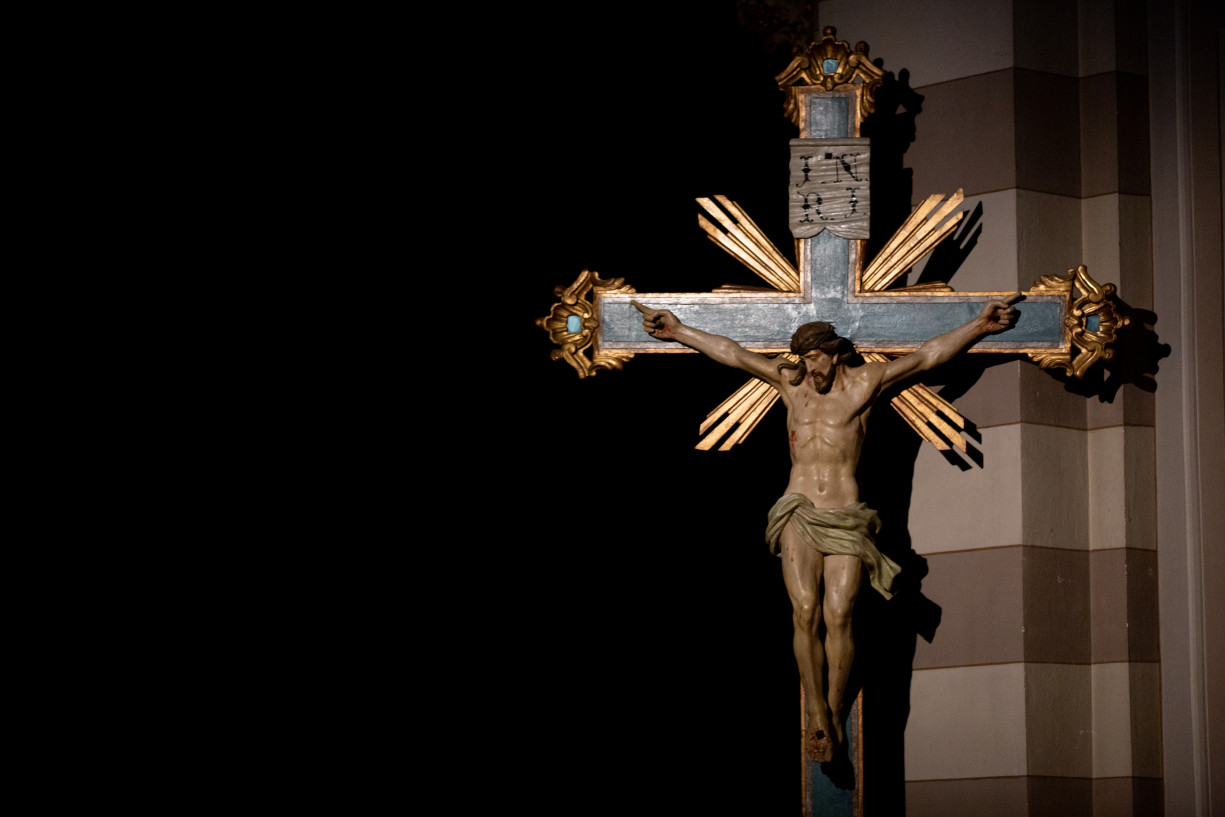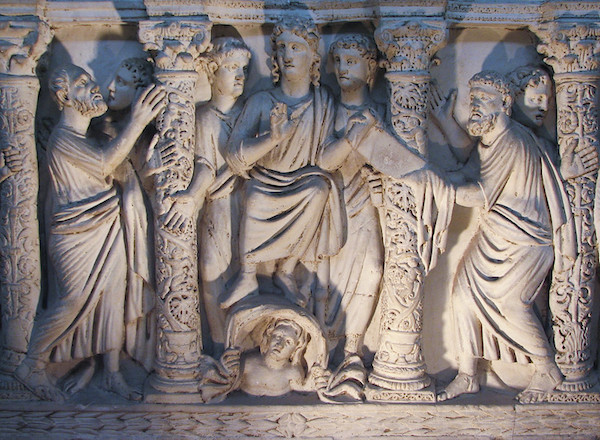Outside and beyond Christianity, the Beatitudes are possibly the best-known part of the gospels.
They are set in the Sermon on the Mount, which St Augustine called the charter of the Christian life. Aquinas believed the Sermon on the Mount contained everything you need to know about Christian morality; his great Franciscan contemporary, St Bonaventure (1221-74), thought it was the text that definitively distinguished the New Law from the Old, a law written in our hearts rather than on tablets of stone.
The Sermon on the Mount was even Mahatma Ghandi’s favourite text and he often reproached Christians for neglecting it. And when John Colet (1467-1519), the humanist scholar, friend of St Thomas More and dean of St Paul’s, first read it in the original Greek, he was so struck by its power that he said: “either this be not the Gospel, or we be not Christians.”
But there’s been wide disagreement about how to interpret the Sermon on the Mount.
Protestant theologians in the past have often seen it as an impossible ideal, which can never be realised in real life. Martin Luther, for instance, thought it served as a permanent reminder of our sinfulness and incapacity to live virtuously, apart from the grace of God.
Catholic theologians in the past have often seen it as applicable to an élite few only, principally vowed religious, associating with what used to be called “the evangelical counsels”, as opposed to “the evangelical precepts”, which everybody had to follow.
Albert Schweitzer (1875-1965) saw it as a morality for an heroic era and Tolstoy (1828-1910) saw in it a programme for social revolution.
All these views contain some truth but what’s certain is that this central text of the Christian gospels has, over the centuries, been relegated to the margins of what is conventionally called “morality”.
As Catholic moral theology over time came to be inappropriately equated with canon law and consequently manualised, morality became more and more separated from spirituality. As a result, morality came to have less and less to do with holiness and more and more to do with obedience.
The outcome of that long process has been, until very recently, a duty-driven moral outlook that many mistake for Christian morality and, understandably, reject as legalism.
St Thomas Aquinas, for one, would have certainly disagreed that morality concerns primarily duty, obedience and rule-keeping. For him morality concerns, primarily, not the discharging of duty and fulfilling obligation, but human flourishing and our search for the lasting and true happiness such flourishing constitutes.
It’s about what we are, and only secondarily, what we do. The two are not unrelated, of course, but the latter follows from the former.
Catholics are now returning – though not without opposition from some – to a much older, more rational, saner and certainly more Christian understanding of morality, evident at an earlier time in the Church’s life, when the Sermon on the Mount was the central text for all moral discussion.
The medievals in particular understood the Sermon on the Mount to concern interior acts – the will, intention, love and desire.
And whereas the Old Law, the Mosaic Law, spoke of external actions only, the New Law, the Law of the Gospel articulated in the Sermon on the Mount speaks of the sources of actions within. That’s why the moral outlook of the Sermon focuses on virtues and character rather than rules and precepts.
And it’s easy to see why: virtues are attributes of the person, the well-springs of action. As they come more and more to characterise us, so the need for precepts decreases. That’s why St Thomas, for instance, can say that the New Law is the Law of Freedom.
We of course think of law and freedom as opposed, especially in the context of a duty-driven morality. That has as much to do with our very truncated notion of freedom as much as of law. But Thomas sees law as a tutor, guiding us to moral maturity and thus true freedom – freedom to be, rather than to do – through growing in virtue.
Sin is a failure of character, the negation of virtue, not primarily disobedience to an external law. “You were all called to freedom, brethren”, says St Paul to the Galatians, “and through love to be servants of one another.”
Unlike the dour, duty-driven understanding of morality, the moral teaching of the New Testament presupposes the ancient conception of morality as a search for happiness, in this life and the next. That’s why it offers a wisdom for holiness and true happiness that’s larger than any legal model could encompass.
And, of course, that’s why the Beatitudes in this gospel – often spoken of as the self-portrait of Jesus himself – have the form they do. “Happy are the poor in spirit.”
But, of course, their conception of true happiness is, to say the least, counter-intuitive. Whereas all known non-Christian beatitudes take for granted a neatly ordered world of decency, fair play and measured giving, the life counted as happy and blessed by the gospels is one of trusting abandon: a life lived with a confidence and security that exceed anything afforded by fickle fortune or multiple possessions or the praise of our peers.
In the gospel beatitudes, a world of just deserts and fair rewards gives way to a world of mercy and un-calculating – even reckless – generosity.
And, finally, it’s been said that if we dare to live the life of the Beatitudes, what Jesus promised to all who follow him will come to pass: we will be completely fearless, absurdly happy, and never out of trouble – in this world at least.



 Loading ...
Loading ...
What do you think?
You can post as a subscriber user ...
User comments (0)